Low capacity in island electricity grid connections has held back the north’s renewable energy industry but hope is at hand at long last, writes Peter Ranscombe.
Walking through the Powering the Future exhibition at Glasgow Science Centre, there’s one display that catches the eye immediately – it’s a map of Europe, with locations colour-coded according to how much wind they receive.
Scotland is covered in a swathe of the most-powerful bright red, with prevailing south-westerly winds buffeting the Western Isles, Caithness, Sutherland, Orkney and Shetland before heading up to Scandinavia.
Scotland’s true wind potential
No matter how many times the figures are trotted out, it’s not until Scotland’s prowess is illustrated on a map that our nation’s true potential to generate electricity from the wind really sinks in.
On the demand side, the switch to electric vehicles will accelerate with the 2030 ban on the sale of new petrol and diesel cars.
And Scotland’s 2045 net-zero target, as well as the wider UK 2050 goal, mean electric heat pumps will replace gas-fired boilers for many central heating systems.
This is where connectivity comes into play – the wind energy is in one place but the massive conurbations that want to use its power are in another.
The answer appears simple – build big cables from the Northern and Western isles to mainland Scotland to feed the power into the national grid.
Unfortunately, the UK’s electricity network and the rules that govern it were set up during an age when coal was king.
A relatively-small number of centralised power stations burned coal – and later gas and a wee bit of oil – to generate electricity, which was fed into the national transmission network and then regional distribution grids, like the trunk and branches of a tree.
Those power stations tended to be located near big cities to cut down on the losses from overhead lines.
Nuclear power makes little difference to the model, albeit many plants are in more isolated locations due to safety concerns.
We shouldn’t be in this situation, where grid constraints are holding back projects and pushing up costs for consumers.”
Angeles Sandoval, grid and systems policy manager, Scottish Renewables.
Erecting turbines on and around windier islands away from big population centres pushes up grid connection costs for developers, skewing many politicians’ perceptions of renewable energy.
That guddle has left Scotland and the wider UK trying to tackle the climate emergency with one hand tied behind its back, with plenty of natural resources but an electricity network no longer fit for purpose.
Even when grid companies like Scottish and Southern Electricity Networks (SSEN) are chomping at the bit to connect projects, they need approval from industry regulator Ofgem, which in turn is constrained by the directions it gets from the UK Government.
Change has been slow; post 1990s re-privatisation, investment in electricity grids has quite rightly been regulated heavily to keep costs down for homes and businesses.
Progress towards reforms were made under the Labour and coalition governments.
But industry insiders have criticised a “lost decade” in which they’ve waited for an energy strategy and policy statement (SPS) that has languished on Whitehall desks since the 2015 general-election.
The energy trilemma
Yet, hope is perhaps finally dawning on the horizon.
Gas prices surged as factories reopened after coronavirus lockdowns and then accelerated massively following Russia’s invasion of Ukraine.
This brought the “energy trilemma” of cost, carbon emissions and security of supply back into sharp focus.
Angeles Sandoval, grid and systems policy manager at trade body Scottish Renewables, is upbeat.
She said: “We shouldn’t be in this situation, where grid constraints are holding back projects and pushing up costs for consumers.
“These grid upgrades should have happened 10 years ago.
“But, compared with five years ago, we can now see a positive change from government and Ofgem.
“What’s changed is the push towards net-zero, and the UK Government upgrading its offshore wind target to 50 gigawatts (GW), from 40GW, by 2030.
“Ofgem also approved the reinforcement of the network around Skye by 2026, which will help more onshore wind farms to connect to the grid.”
Ofgem recently included a beefed-up connection between Arnish, on Lewis, and Beauly, near Inverness, in its snappily-titled Accelerated Strategic Transmission Investment framework, among other projects throughout the north and north-east.
Our proposal to upgrade the transmission network in Argyll & Kintyre has taken a major step forward after confirmation by @ofgem, that there is a clear need for investment, paving the way to progress to the next stage of the regulatory approvals process ➡️ https://t.co/peYhjcjLlC pic.twitter.com/lgguTkM6xe
— SSEN Transmission (@SSETransmission) December 15, 2022
The new 1.8GW link replaces plans for a 600 megawatt (MW) connection.
Trebling the capacity will allow it to handle electricity generated by turbines on the islands, as well as the potential 495MW N3 and 740MW N4 offshore wind farms suggested in Crown Estate Scotland’s 27.6GW ScotWind licensing round.
SSEN Transmission managing director Rob McDonald said: “After many false dawns spanning decades, this decision is a hugely-significant milestone in finally unlocking the Western Isles’ vast renewable potential.
“It provides the certainty we, our supply chain and renewable developers need to take forward our investments.”
Taking strides on Orkney
Progress is also being made towards installing a 220MW link to Orkney, where Neil Kermode, managing director at the European Marine Energy Centre (Emec), which tests wave and tidal energy devices, is also upbeat.
Mr Kermode said: “Ofgem said SSEN needed 135MW of generation capacity signed-up before it could lay that 220MW cable.
“Four proposed wind farms have been granted planning permission and Scottish ministers are deciding on a fifth application because it’s by Orkney Islands Council.
“If that gets approval, it would put us over the 135MW threshold.”
While grid constraints have led Emec to develop alternative uses for its power, including splitting water into oxygen and hydrogen for experiments with hydrogen-powered ferries and planes, a bigger connection will allow marine energy devices and wind farms to feed electricity into the grid.
SSEN Transmission said: “With a clear shift in government and regulatory policy towards accelerating investment in the strategic network infrastructure required to meet our future energy needs, there is a clear case to progress with plans to develop a transmission link to Orkney.
“We will continue to work constructively with Ofgem, government and wider stakeholders to secure the necessary regulatory approvals to take forward our proposals for – at the earliest opportunity – unlocking Orkney’s vast renewable potential.”
Industry awaits statement
The wider next step for industry is for it to catch sight of the energy SPS from the Department of Business, Energy and Industrial Strategy (BEIS).
This is due by the end of the 2022-23 fiscal year, with updated guidance for Ofgem.
If we don’t get the connections we need, then the development of wave and tidal power will continue to be hampered, and the benefits of this new exciting industry could be lost overseas – that would be a travesty.”
Neil Kermode, managing director, Emec.
“Scottish Renewables has advocated for Ofgem’s remit for change to include reaching net-zero at the lowest cost for the consumer,” said Ms Sandoval.
She added: “The SPS is unlikely to change Ofgem’s remit in law but it will provide guidance to Ofgem.
“We also need strategic anticipatory investment in networks ahead of need, because that’s what’s failed over the past 10 years.”
The renewable energy industry welcomes the @scotgov's final Onshore Wind Policy Statement, published earlier today. More on this from our Senior Policy Manager for Onshore Wind, here: https://t.co/Q1QNgRToaE pic.twitter.com/T9zGp6niGz
— Scottish Renewables (@ScotRenew) December 21, 2022
Mr Kermode said: “Guidance was issued to Ofgem in 2010 saying it needed to build ahead of need – but here we are 12 years later.
“I think Ofgem genuinely wants to move because it realises it has a huge role to play in decarbonising society.
“There’s change coming but the gears are grinding at the moment.
“If we don’t get the connections we need, then the development of wave and tidal power will continue to be hampered, and the benefits of this new exciting industry could be lost overseas – that would be a travesty.”
A BEIS spokesperson said: “The government remains committed to publishing the SPS and the first stage consultation was completed in the summer.
“We are now fully focused on stepping up preparations to launch a full public consultation in the spring, as required by law.”
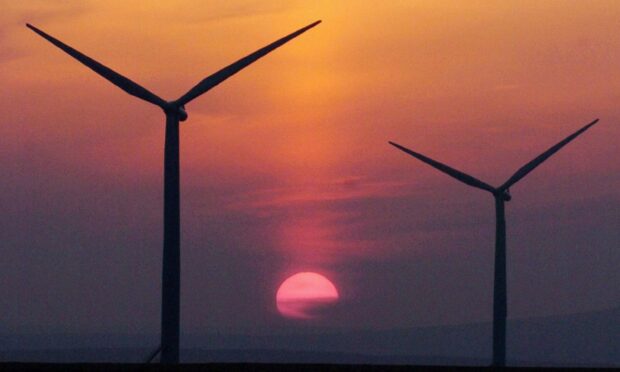
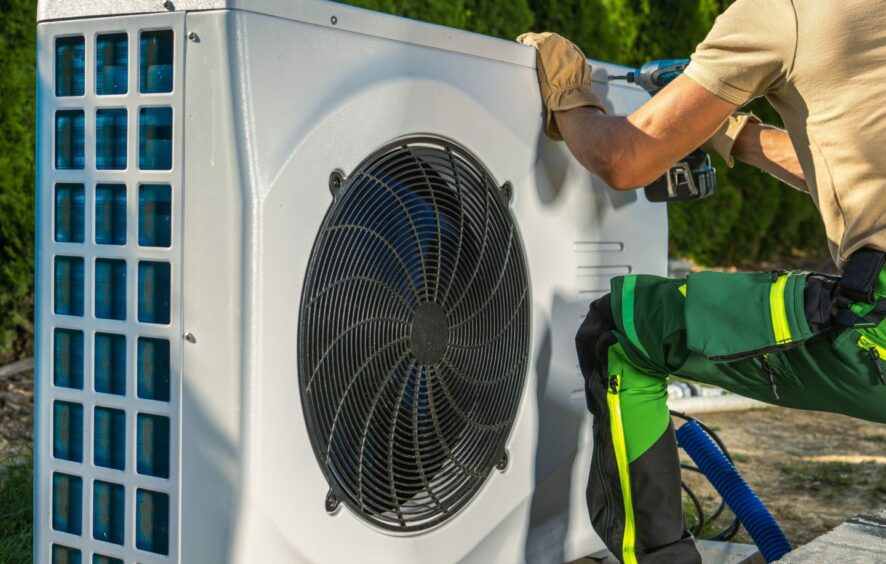
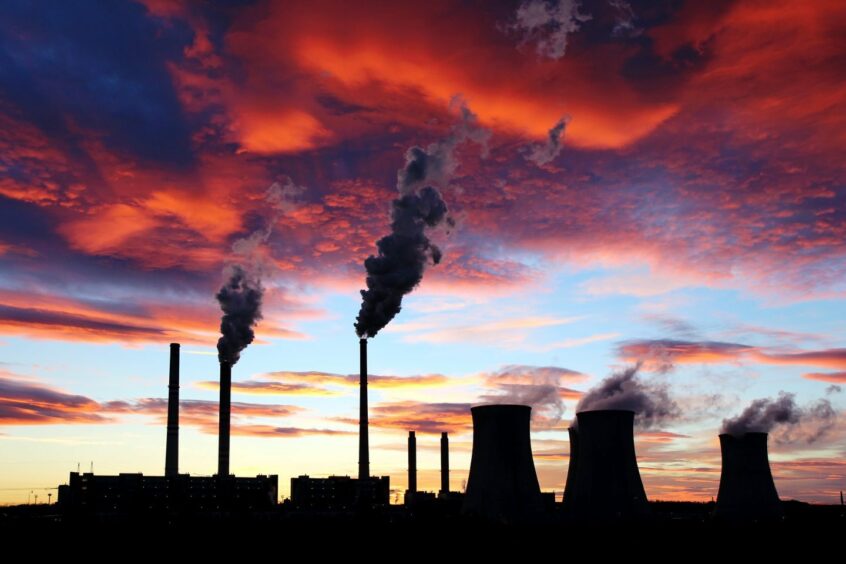
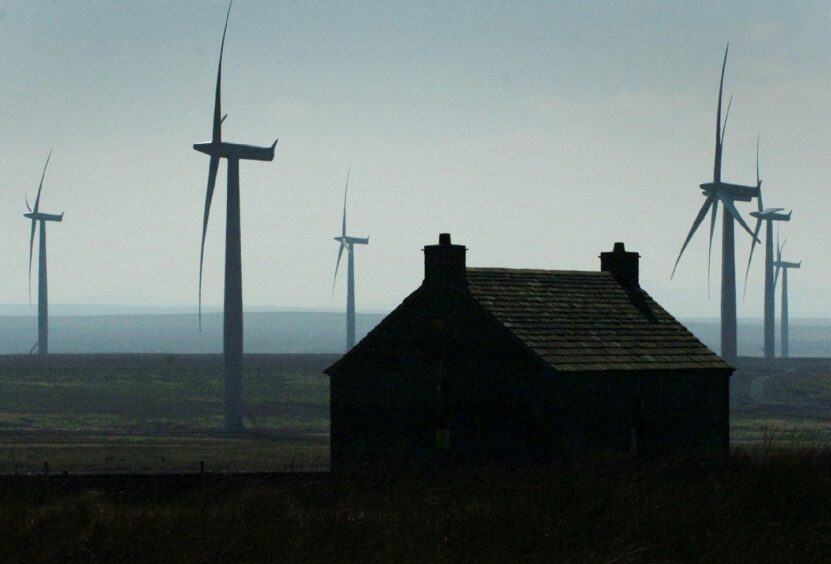
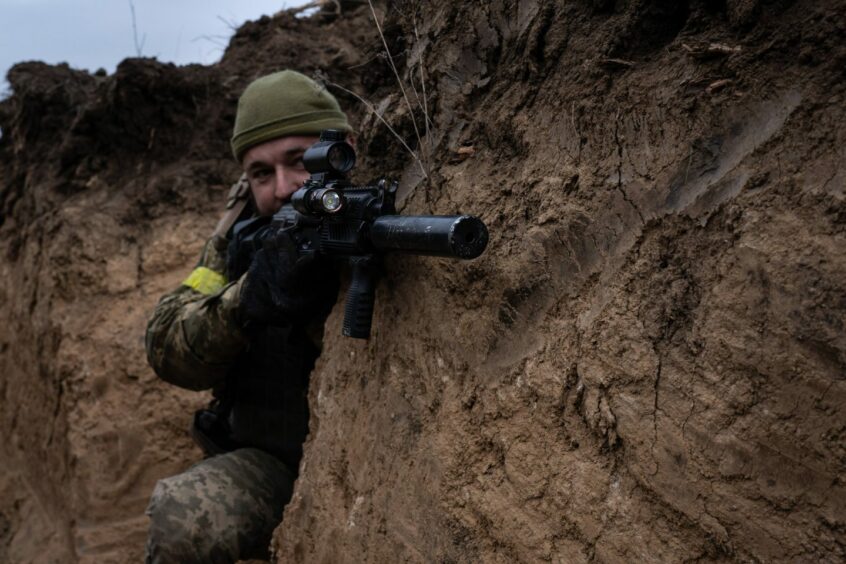
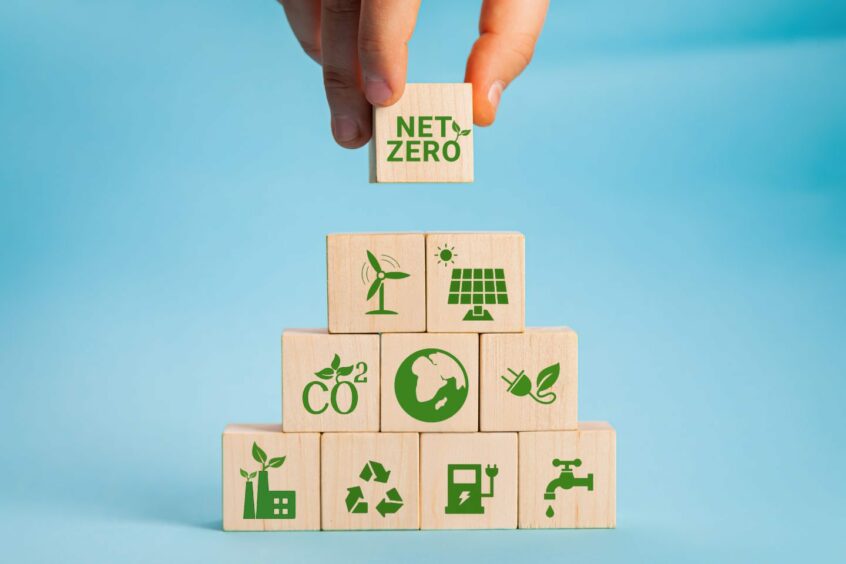
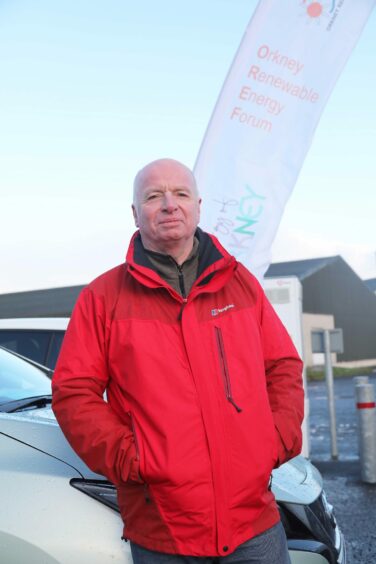
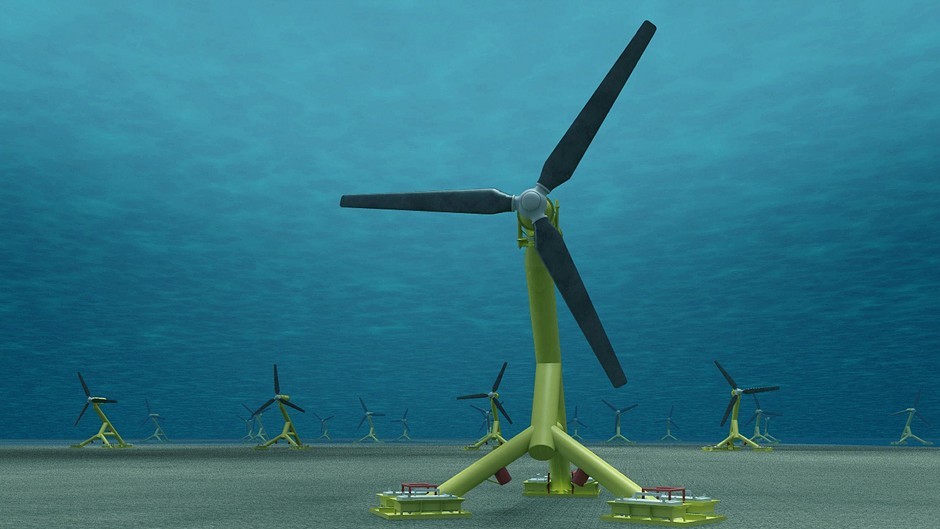
Conversation